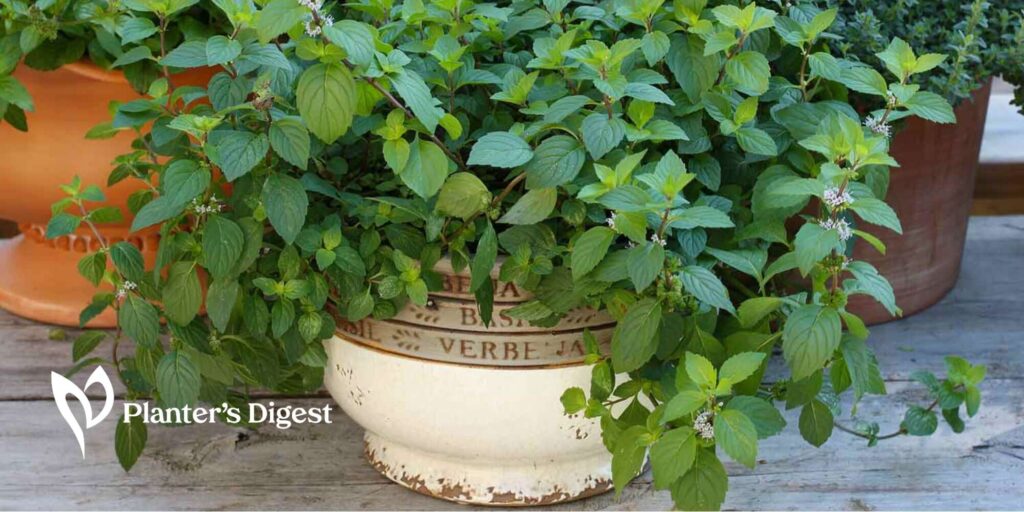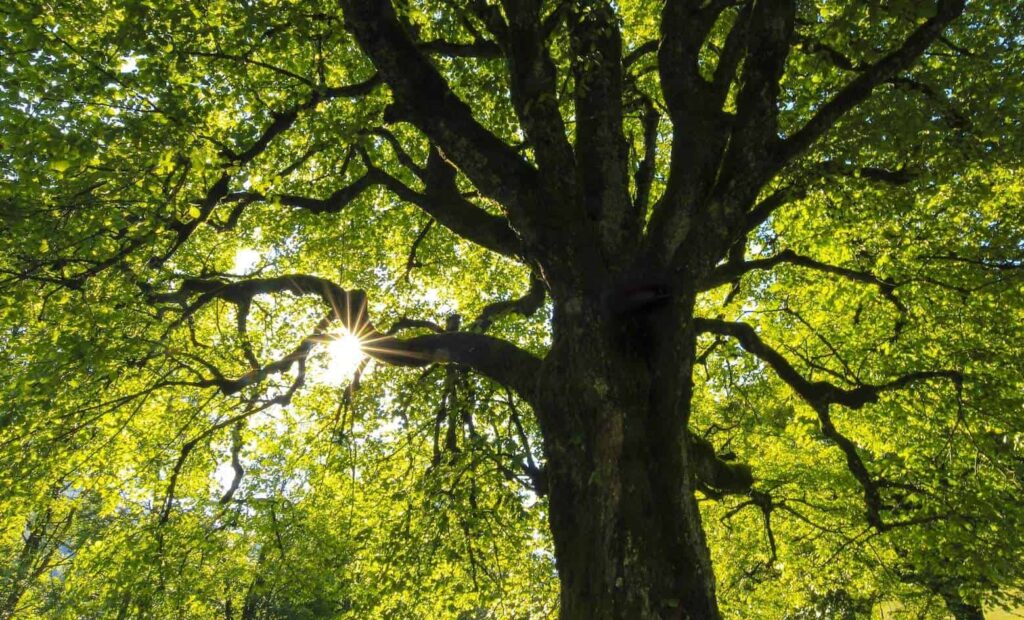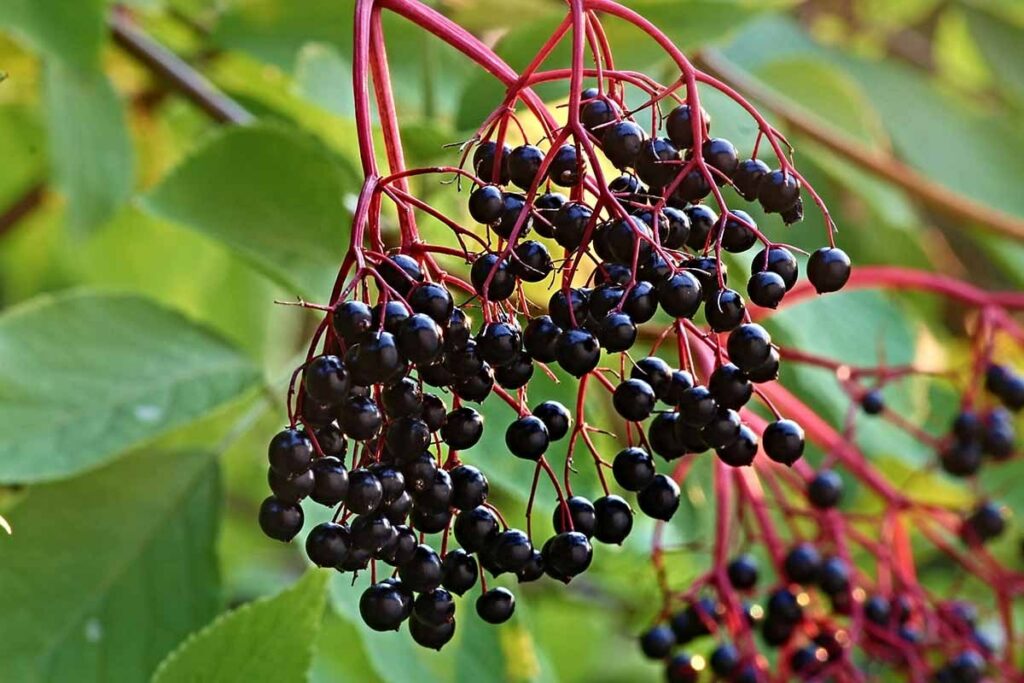Having the best container or planter for mint plants can make all the difference between a lackluster leafy friend and a lush verdant wonderland!
We’re talking size, material, and all those juicy details that’ll have your mint plants coolly crooning “Thank you!”
So, grab your gardening hat (or your favorite funky headband — we’re not picky!), and let’s go discover the perfect pots for your mints.
Container Size for Mint
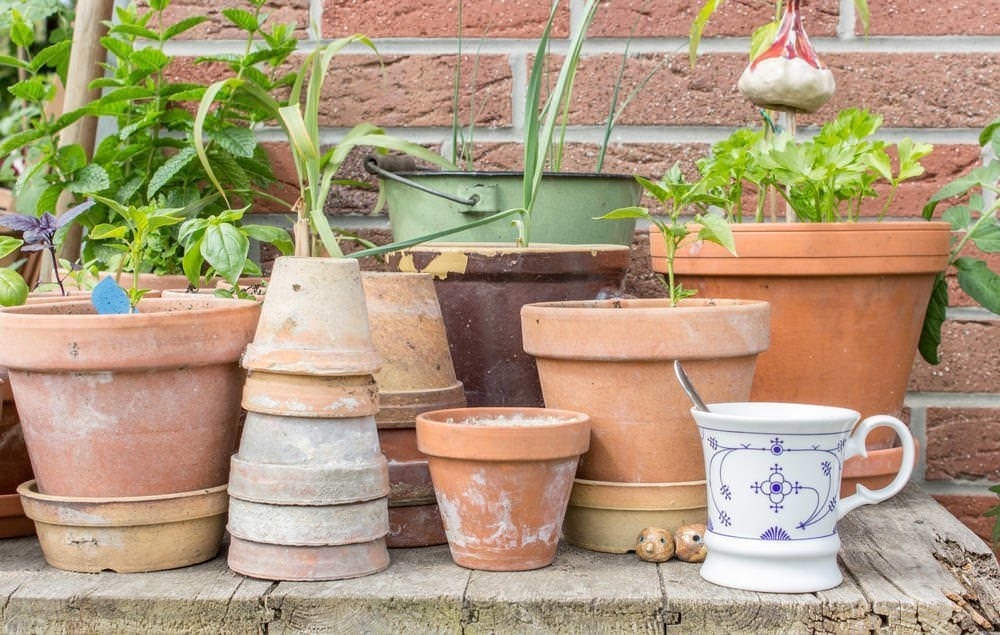
The recommended diameter range for mint containers is 8 to 12 inches. A small container restricts mint growth, while a large one can hinder root establishment. A perfectly sized container allows the mint plant to thrive.
In a small container, it’s like dancing the tango in a phone booth — cramped, claustrophobic, and limiting for your mint plant’s roots! While it might survive, it won’t have much room for growth.
Now, imagine the contrast in a larger container — it’s like having the entire dance floor to itself! With ample space, your mint’s roots can spread out, mingle with the soil, and dance freely.
However, too much space can lead to overgrowth and root development challenges for the plant.
When you find the right container, your mint can stretch its roots, spread its leaves, and bask in the glory of just-rightness.
Just think of it like giving your mint plant its own personal dance floor: not too cramped, not too spacious, but just enough room to shimmy and shake its way to greatness.
Container Materials for Mint Plants
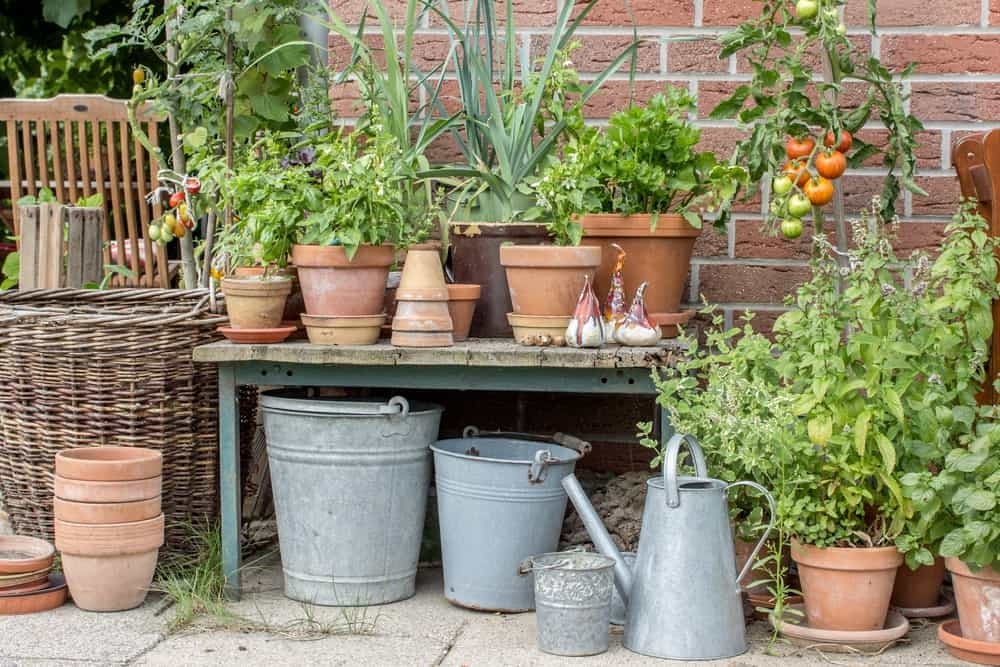
We’ll be looking into terracotta and clay pots, plastic pots, wood containers, metal containers, and ceramic pots. Each comes with its own characteristics and caveats.
Terracotta and Clay Pots
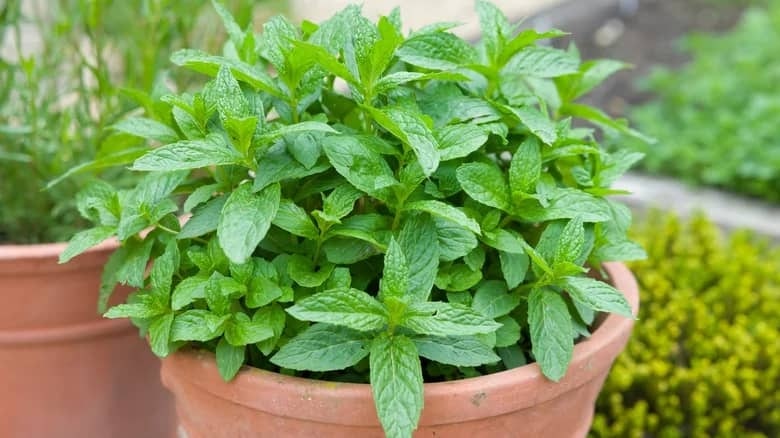
Terracotta and clay pots offer natural aesthetics and promote airflow and moisture regulation for plants, but they can be heavy and prone to cracking over time.
Pros of Using Terracotta and Clay Pots
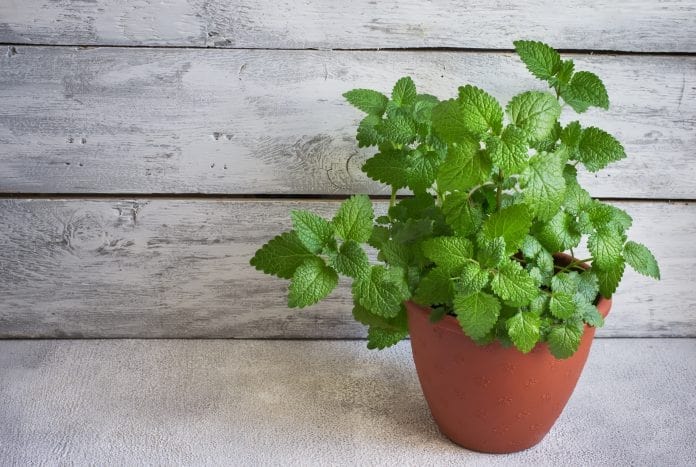
Terracotta and clay pots are the timeless classics of the garden and they reign supreme as the champions of breathability. Their porous nature allows air to circulate freely around the roots of your mint plants, promoting healthy growth and foliage.
Like a gentle breeze on a summer’s day, this airflow helps to prevent issues such as root rot and overwatering.
Plus, terracotta and clay pots have a knack for absorbing excess moisture from the soil, keeping your mint plants happy and hydrated without drowning them in soggy conditions.
Cons of Using Terracotta and Clay Pots
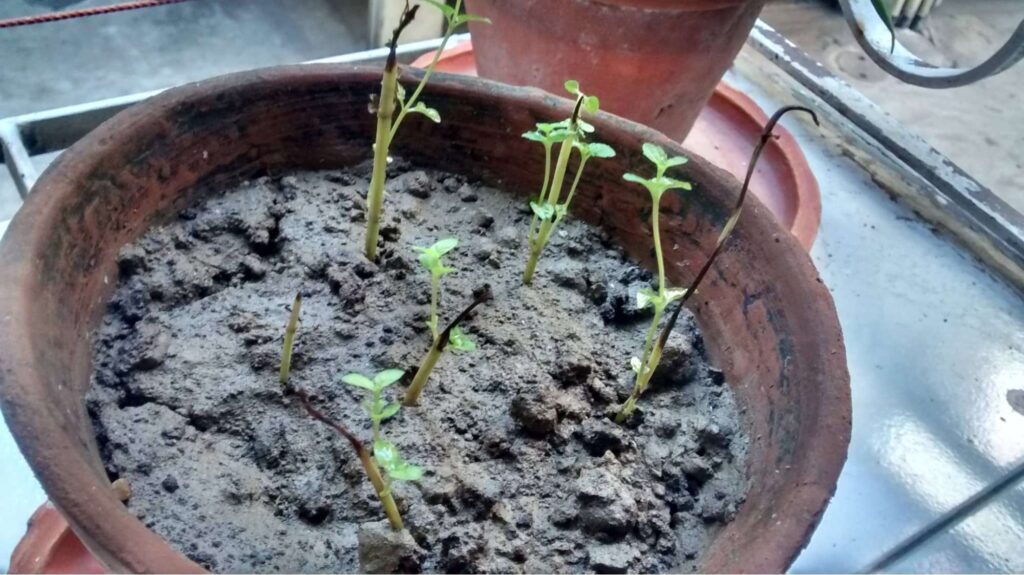
Terracotta and clay pots, with their porous textures, are prone to drying out faster than other materials, especially in hot and sunny climates.
This means more frequent watering may be required to keep your mint plants happy and hydrated, lest they wither away in the scorching sun.
These pots can also be on the heavier side, making them less ideal for those who frequently move their garden treasures around.
Like fragile relics from a forgotten era, terracotta and clay pots are susceptible to cracks and breakage if mishandled or exposed to extreme temperatures.
Plastic Containers
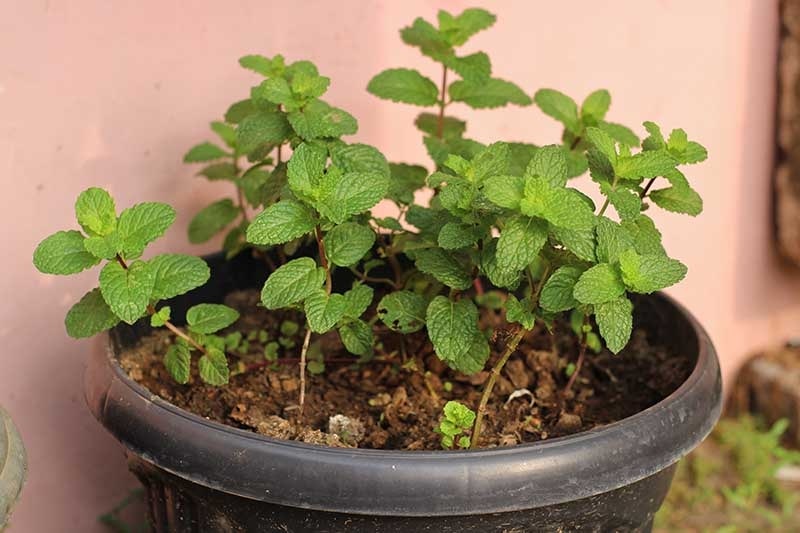
Plastic containers are lightweight, versatile, and retain moisture well, making them easy to handle and suitable for various plant types. However, their lack of breathability can lead to waterlogging if drainage is not properly managed.
Pros of Using Plastic Pots
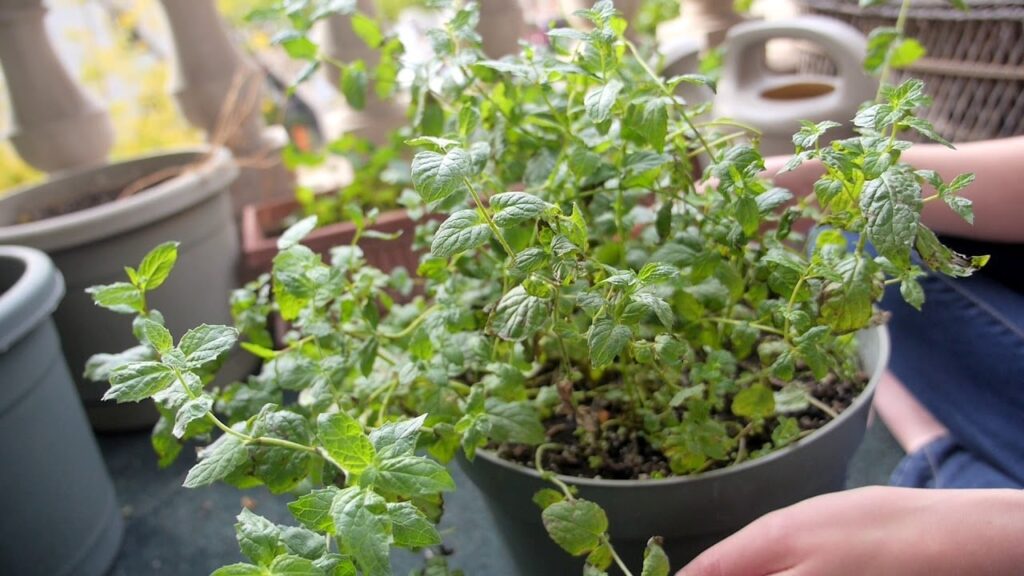
Plastic containers are the champions of convenience and accessibility. With their lightweight design and durable construction, plastic pots are a breeze to move around, making them the perfect choice for gardeners on the go.
Plastic pots are also available in a rainbow of colors and a plethora of sizes and shapes, allowing you to unleash your creativity and express your unique gardening style. Plastic pots keep your mint plants hydrated and happy, even in the sweltering summer heat.
Cons of Using Plastic Pots
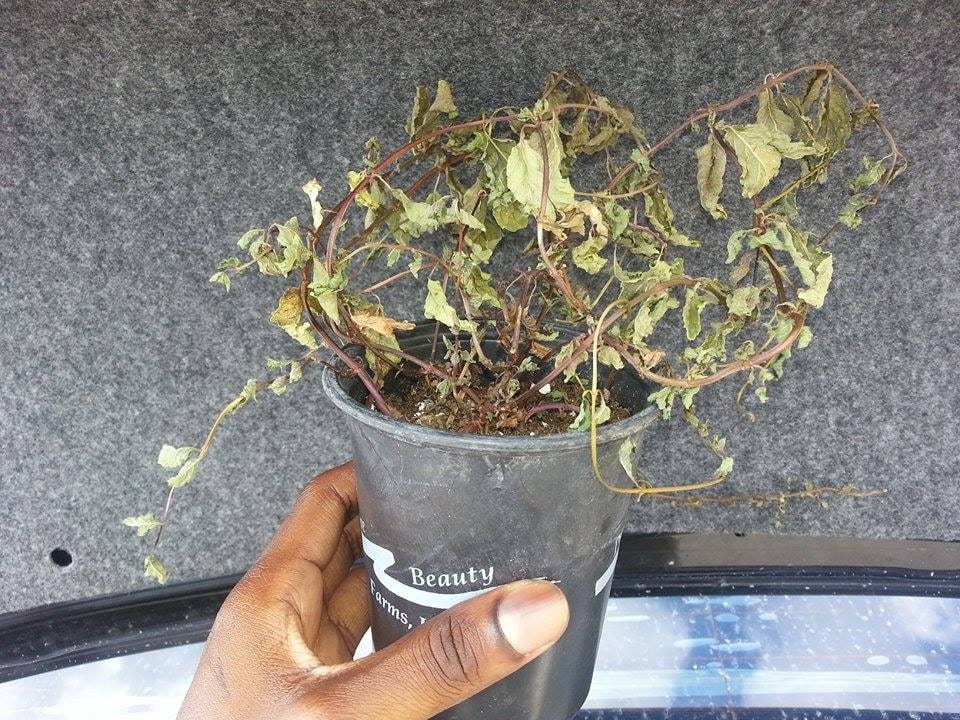
Plastic containers, with their non-porous surfaces, lack the breathability of materials like terracotta and clay. This can lead to issues with overwatering and root rot if drainage is not handled with care.
While plastic pots are durable and long-lasting, they may degrade over time when exposed to harsh sunlight, eventually becoming brittle and prone to cracking.
When improperly disposed of, plastic pots can haunt our planet for centuries if not properly disposed of or recycled.
Wooden Containers
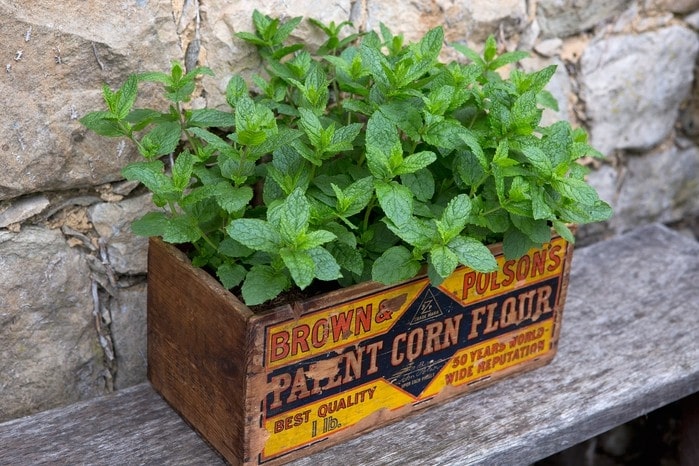
Wooden containers provide natural insulation for plant roots and age gracefully in the garden, adding rustic charm. However, without proper treatment, they are susceptible to rot and decay over time, potentially compromising their durability.
Pros of Using Wooden Containers
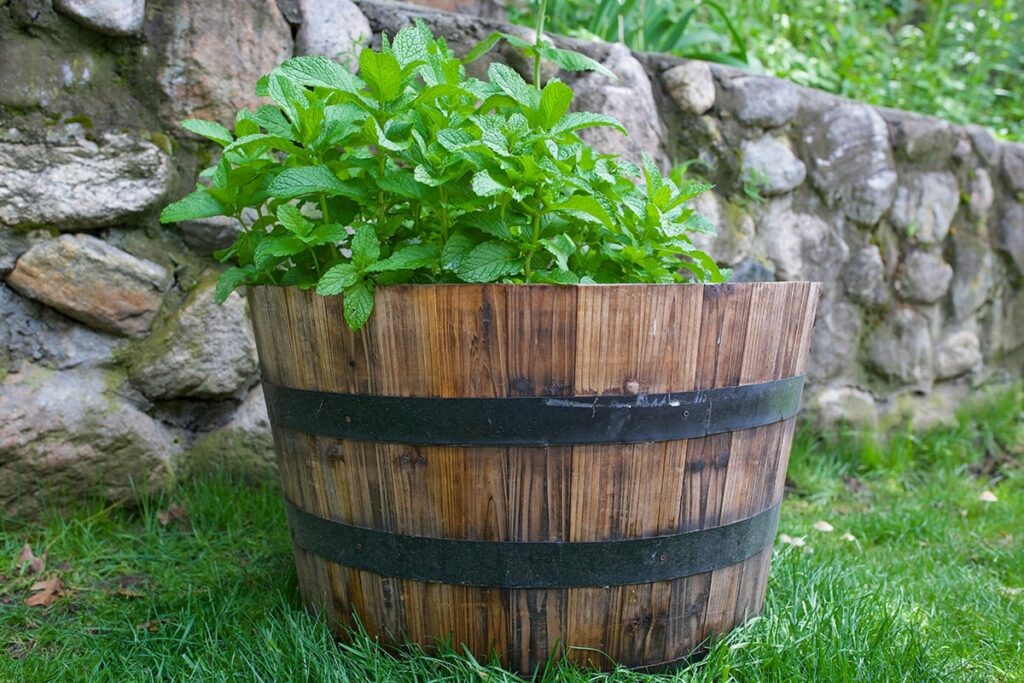
From cedar to redwood, wooden containers are built to withstand the test of time, offering a sturdy home for your mint plants to flourish.
With their natural insulation properties, wooden pots provide insulation for your mint’s roots, protecting them from the harsh elements and fluctuations in temperature.
Like a faithful guardian, wood holds moisture in its grasp, ensuring that your mint plants stay hydrated and healthy even in the driest of climates.
Cons of Using Wooden Containers
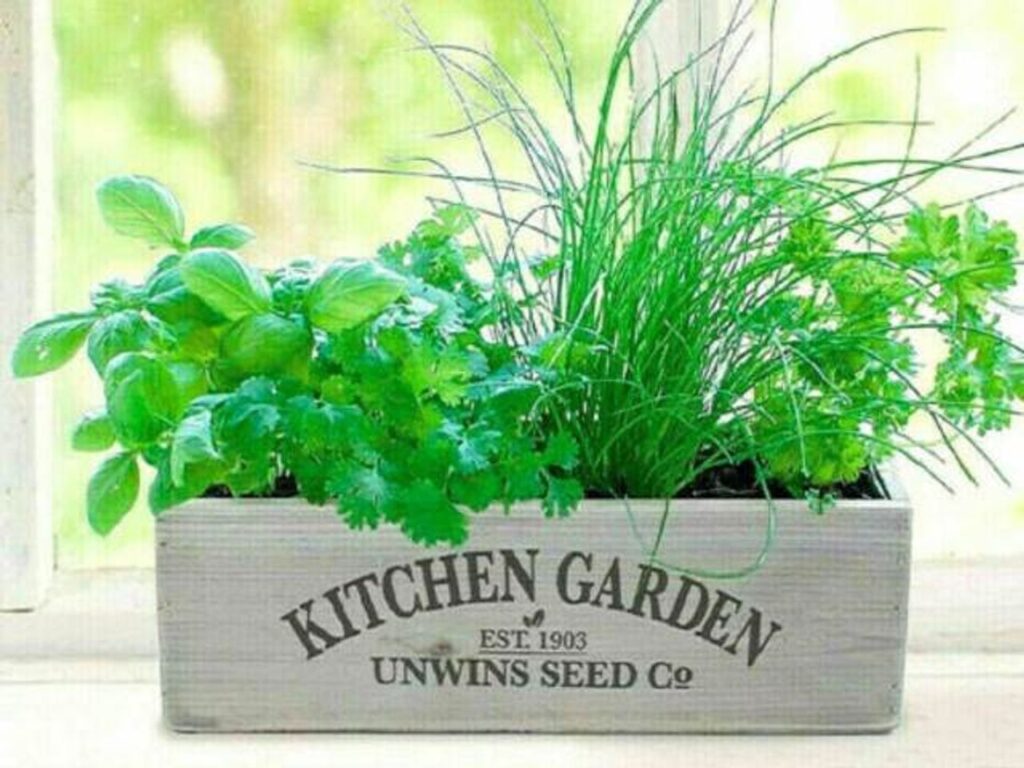
Wooden containers, while sturdy and long-lasting, require proper maintenance to keep them in tip-top shape. Without regular treatment and sealing, wood can succumb to rot and decay, leaving your mint plants vulnerable to the elements.
Also, wooden pots can be on the heavier side, making them less ideal for those who frequently move their garden treasures around.
On top of that, wooden containers require the harvesting of trees, which can contribute to deforestation if not done sustainably.
Metal Containers
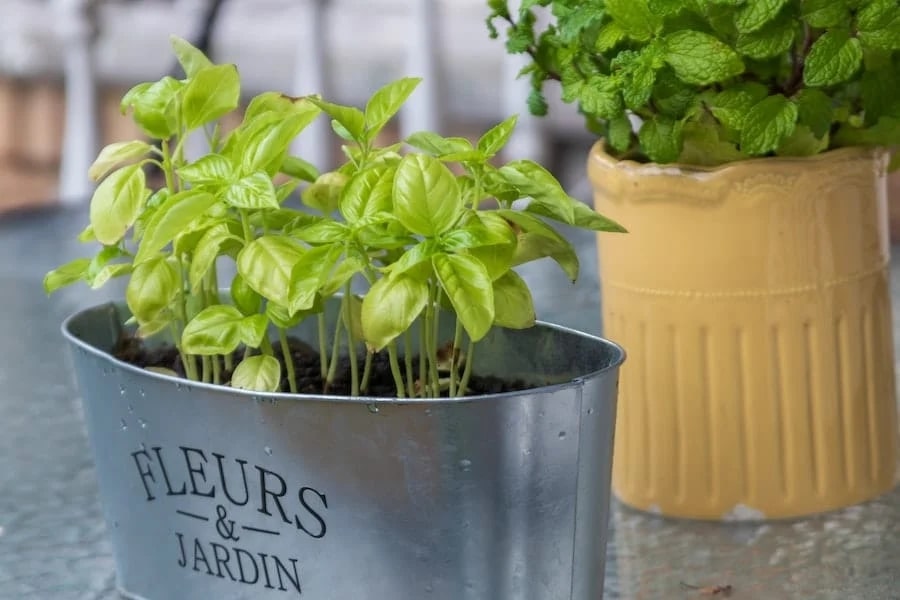
Metal containers provide durable protection for plants but may rust over time when exposed to moisture and weather. Plus, they can become excessively hot in direct sunlight, potentially harming plants.
Pros of Using Metal Containers
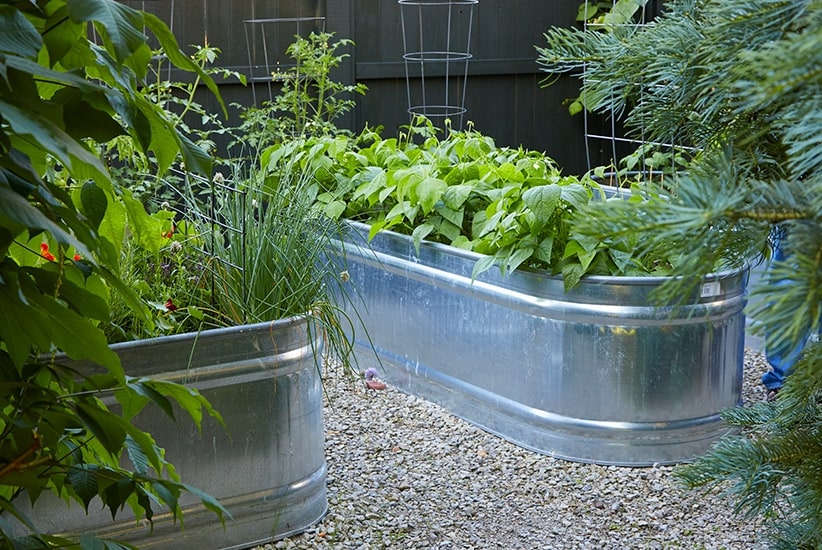
With their durable construction and long-lasting durability, metal containers offer a sturdy home for your mint plants to thrive.
Metal pots provide protection against the elements, shielding your mint’s delicate roots from the harsh winds and pounding rains.
Cons of Using Metal Containers
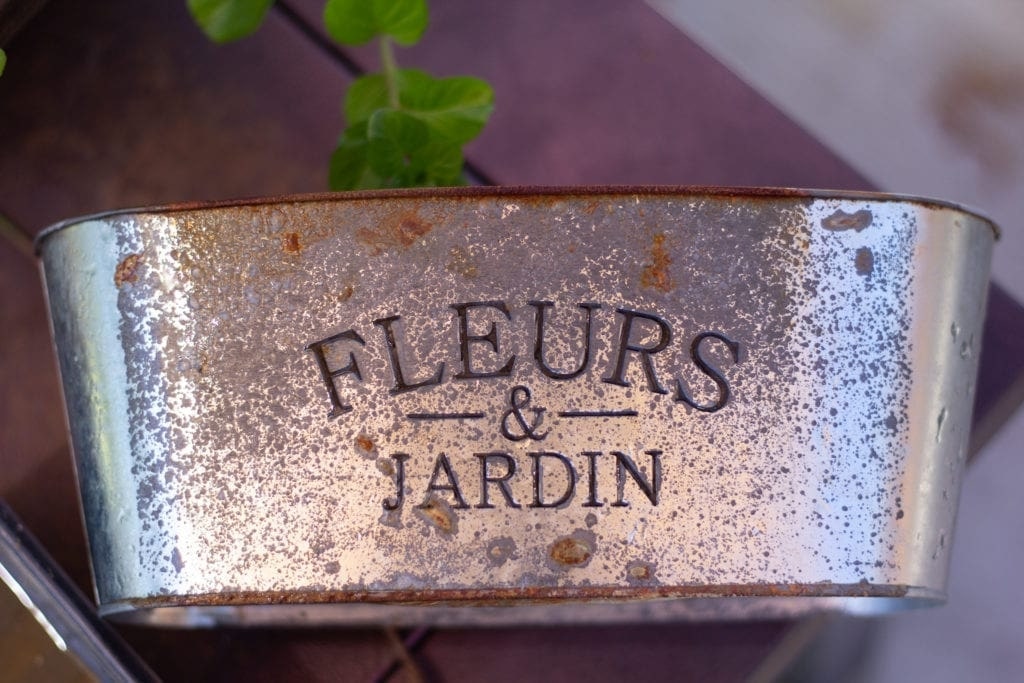
Metal containers, while durable and long-lasting, can heat up quickly in the scorching sun, turning your mint plants into unwitting victims of a fiery furnace.
Without proper insulation, metal pots can become hotbeds of heat stress, causing your mint to wither and wilt under the intense rays of the sun.
Plus, metal containers may not retain moisture as effectively as other materials, leading to issues with dehydration and dry soil.
These pots can also be heavy and cumbersome, making them less ideal for those who frequently move their garden treasures around.
Even worse, metal containers are prone to rust over time, especially if left exposed to moisture and humidity for extended periods.
Ceramic Pots
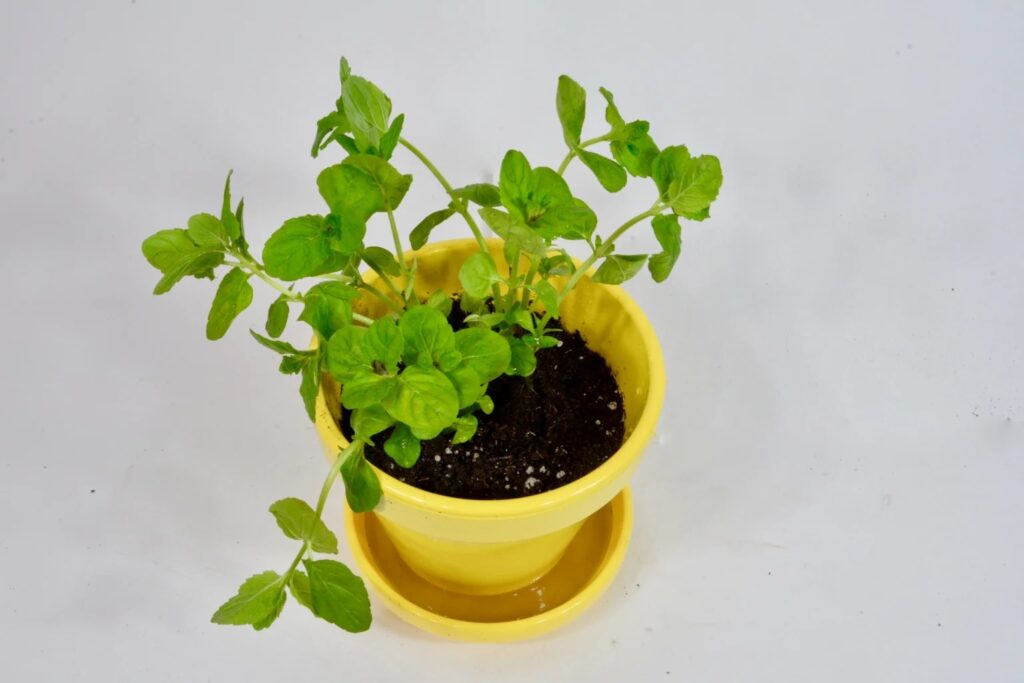
Ceramic pots offer elegant aesthetics and provide insulation and moisture retention for plants. However, they are fragile and require careful handling to prevent breakage, which can result in costly replacements.
Pros of Using Ceramic Pots
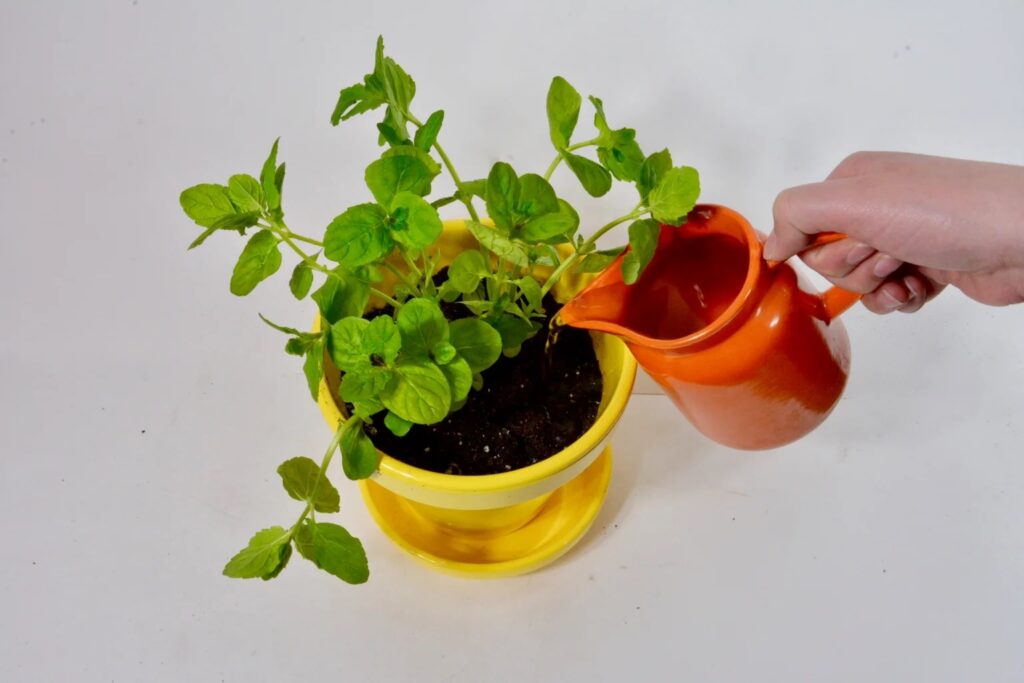
With their dazzling array of colors and designs, ceramic containers transform your garden into a kaleidoscope of your unique sense of style and creativity.
Additionally, ceramic pots provide excellent insulation for your mint plants, helping to regulate soil temperature and moisture levels to keep them happy and healthy.
On top of that, ceramic pots are built to last, withstanding the test of time and weathering the elements with grace and poise.
Cons of Using Ceramic Pots
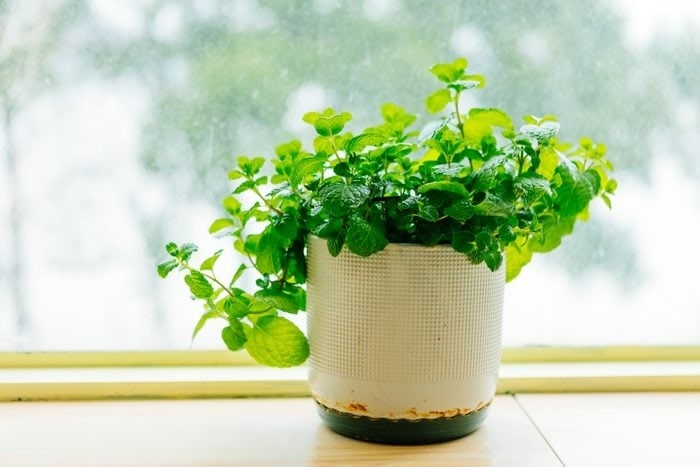
Ceramic containers, while stunning and durable, can be heavy and hard to handle. Also, they’re prone to breakage if mishandled or exposed to extreme temperatures.
Ceramic pots can be pricey, especially for larger sizes or intricate designs. Plus, they may require additional care to prevent moisture buildup and potential cracking, especially in humid climates or during periods of heavy rainfall.


